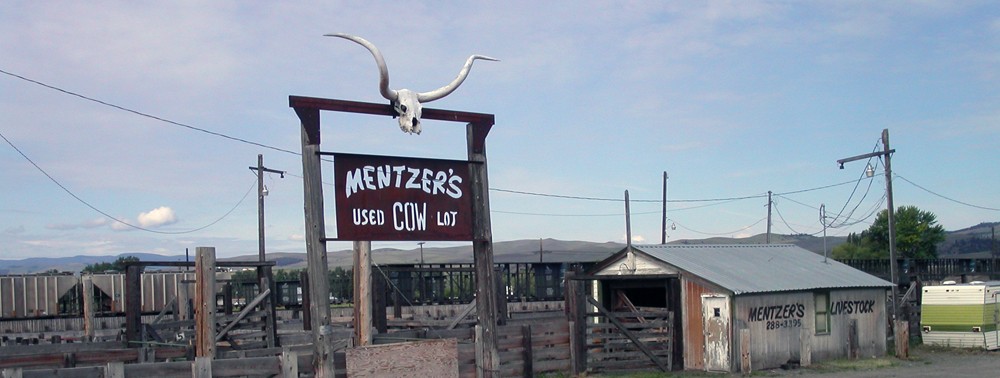Update: Read the Fall 2014 Society for Industrial Archeology Newsletter article on the effort to save the Trio building: Social Media and Shoe Leather Save Historic Dry Cleaning Plant.

Trio Steam Laundry dry cleaning building shortly after its construction. Credit: The Atlanta Georgian Sept. 26, 1910.
The two-story brick former Trio Laundry Dry Cleaning Building is located in Atlanta, Georgia’s gentrifying Old Fourth Ward neighborhood. It was constructed in 1910 in a light industrial district that included a shoe factory, mattress manufacturers, and machine works.
The Trio Steam Laundry Company was was Atlanta’s first large-scale commercial laundry business. In the summer of 2014 city contractors began demolishing Trio’s dry-cleaning building and community activists organized and mobilized to save the historic building. Read about their efforts in my new History@Work piece, “New Tools, Old Tactics Deployed to Save a Historic Atlanta Building.”

Original Trio Steam Laundry Company building (built 1905) at 19 Hilliard Street across from the dry cleaning building. The building was sold in 1945 to the Atlanta Brush Company and in the 1990s it was converted into lofts. Photo Aug. 2014.

A construction worker loads part of the building’s crumbled cornice into a front end loader Aug. 29, 2014.
© 2014 D.S. Rotenstein









